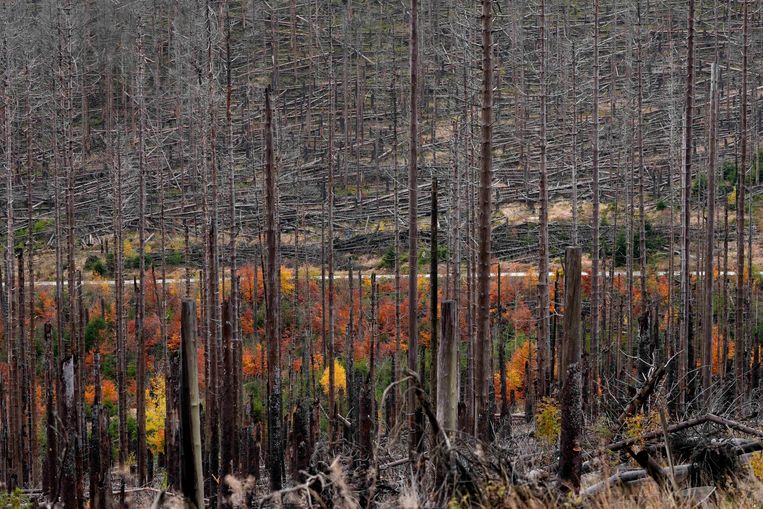Good news and warning. This was announced by an international research team including hundreds of scientists, on Monday, after a study on the ability of global forests to absorb greenhouse gas emissions.
It’s possible, and that’s good news. The forests covering the planet now have the capacity to absorb about 226 gigatonnes of carbon over the next 80 years. Simply put, they release carbon dioxide2 From the air, it turns carbon into wood and releases oxygen again. This is a large amount, which is the annual carbon dioxide emissions2 Due to human activity it is now about 10 gigatons. This means that within eighty years, approximately 30 percent of those emissions could be absorbed.
Their findings, published Monday in the journal natureThis is in line with another study a few years ago. The fact that this new research has reached a similar number is an important step towards global scientific consensus.
The forest is in terrible condition
But they warn that something needs to be done to absorb all this carbon. The forests are now in a deplorable state. There are many reasons, explains co-author and European forestry professor Gert-Jan Nabors from Wageningen University and Research. “In Europe, the bark beetle is now affecting forests. This is caused by drought and monoculture. Norway spruces have been planted very one-sided.
“Fragmentation” of the forest into small strands surrounded by farmland exacerbates this problem, Nabors explains. “Species are under pressure because the forest is small, which affects genetic diversity within species.” Researchers are therefore calling for more interconnected forest areas. This can benefit both the strength and diversity of individual tree species.
But there is not necessarily a need for more forests. It is very important to take good care of the existing forest area. Just as unhealthy forests do not have a single cause, there are also multiple ways for a forest to be healthy. Diversity is usually better, Nabors says, but sometimes monocultures are also successful, as in Scandinavia where many spruce forests have been planted for logging.
Local ecosystem
What happy forests have in common is that they meet local needs. He emphasizes: “Forest planting benefits the residents of the region.” Because if it has value, it will be cared for and maintained. This may include felling and replanting trees, but also, for example, water retention or recreation.
This is a big difference from the current practice of planting huge forests as there is no carbon dioxide2Compensation, researchers warn. They call for a new approach to restoration that takes into account the forest’s role in the local ecosystem, including the people who use it.
Most importantly, the good news about absorption capacity is not a CO2 emission licence2 Continuing to emit is the most certain warning. If emissions continue to rise, it will mean more droughts, fires and higher temperatures, the same factors that are now limiting the ability of forests to absorb carbon. “My biggest fear is that companies will misuse this information as an excuse not to reduce fossil fuel emissions,” Nabors says. “The more we emit, the more we threaten nature and people.”
Read also:
Diverse forest is more resistant to drought and beetles. “Make sure the forest can take the hit.”
Now that Norway spruce is suffering from drought and beetles such as the spruce beetle, it is necessary, according to consultant Ronald Senke, for forests Be better mixed.

“Coffee buff. Twitter fanatic. Tv practitioner. Social media advocate. Pop culture ninja.”










More Stories
Which can cause an increase in nitrogen.
The Central State Real Estate Agency has no additional space to accommodate Ukrainians.
The oystercatcher, the “unlucky national bird,” is increasingly breeding on rooftops.